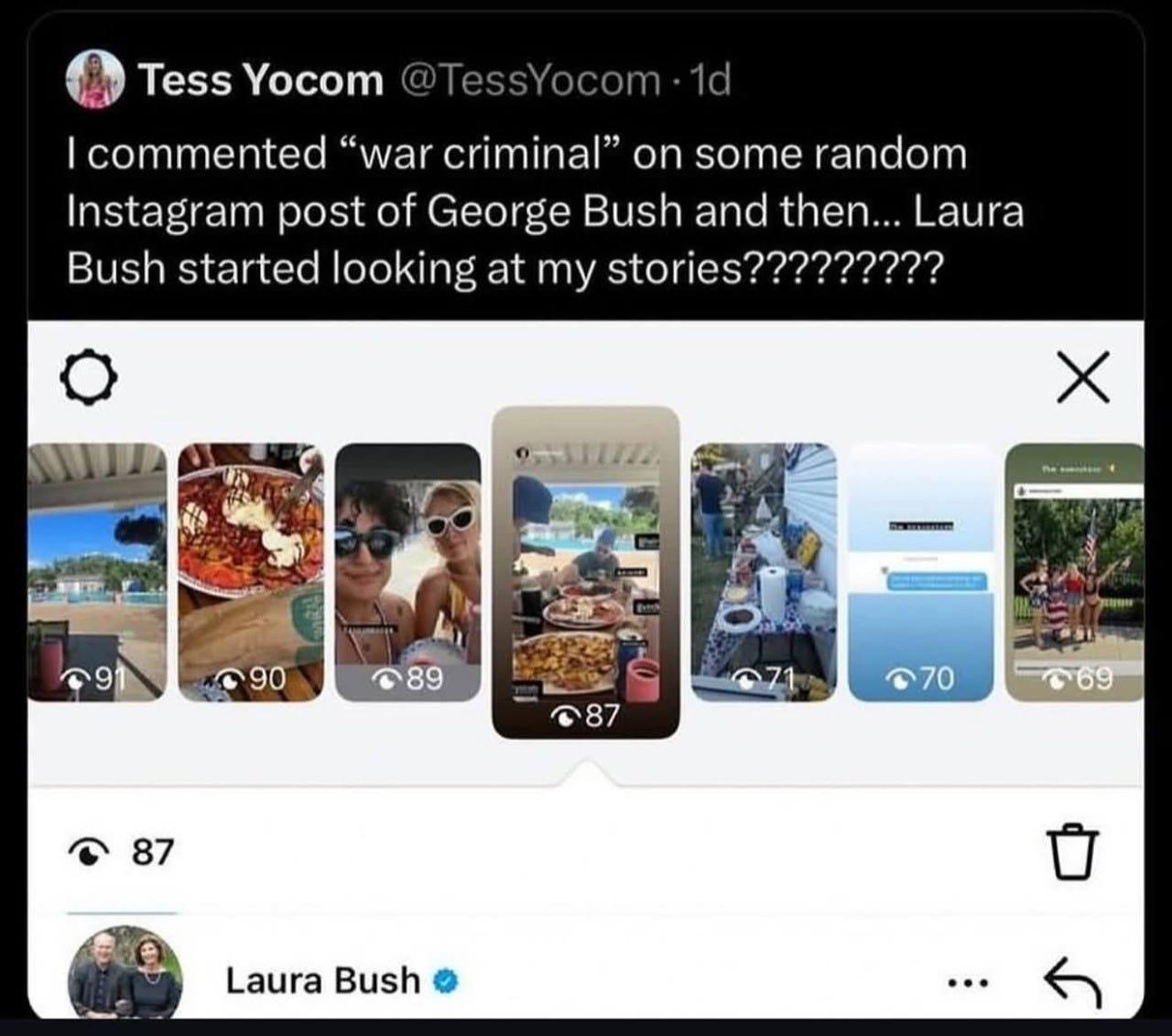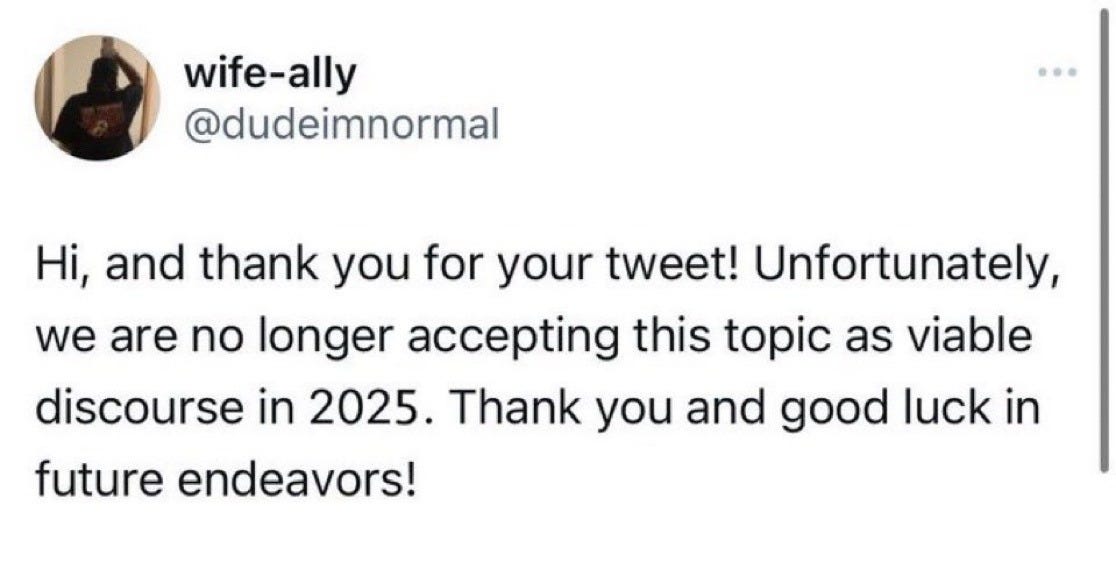Odds & Ends
“Spanberger’s unlikely journey from the CIA to Va.’s first female governor”
Anonymous asked: This may sound fatalist, but I really don’t think there is anything Democrats can do for failsons because what they truly want back is status over minorities and women without effort. Which would mean throwing their base (who they need at least 99% of). That or Trump crashing the economy or sending them off to die in Nigeria.
Well it could also be Venezuela, I’m pretty sure Trump is trying to start a war there too.
But yeah, like I said, one of many electoral problems Democrats have is that these failsons, as you call them, used to vote consistently Democrat, but we still need their votes, especially in swing states. As the country got less white, Democrats thought they would need less of these Midwestern failsons to vote for them, and didn’t realize their Hispanic and Asian counterparts in the Sunbelt aren’t much different from their white brothers up north. If you think about it, that’s the beauty of assimilation, good for the country as a whole, and really bad for liberalism.
And no, Zohran Mamdani doing well with young men in D+80 NYC doesn’t mean we should be running Muslim progressives in every swing state, there’s a reason Abdul El-Sayed is trailing both Mallory McMorrow and Haley Stevens in polls against Mike Rogers, the Republican nominee for Michigan Senate that lost to Elissa Slotkin last year.
Anonymous asked: Is the obsession with unions another “I want to be a strong manly man thing”? Most Democratic union members are in things like teachers unions, and most Americans don’t work in easily unionizable jobs.
I’ll be a contrarian and say that Democrats should be worried about blue-collar unions in the Midwest cratering right because the only reason the Blue Wall (Michigan, Wisconsin, Pennsylvania) was called that is because union workers in those states were the Democratic firewall and when their rank-and-file are voting Republican, as they have in increasing amounts since 2016, Democrats lose those states.
Remember, Biden won because he did better than Hillary with moderate and conservative white men, and he did better than Kamala with Hispanic and Asian men. Kamala matched Biden’s numbers with white voters in the Midwest and even in Kansas!! She just crashed and burned with Latino voters, the demographic went a full 10% right from 2020, and when there are like 1 million Latinos just in Pennsylvania, it’s no wonder she didn’t win the state or the election.
Like, I don’t disagree with this ask, but the problem is, there is literally no way around winning the Blue Wall right under the 2020 census, and the 2030 census will make things even worse because Democrats will need the Rust Belt, NE-02, AND a Sunbelt state to reach 270, and if Democrats don’t do as well as Joe Biden did in 2020 with blue-collar union voters in the Midwest, we aren’t getting that Blue Wall. And Biden barely won the electoral college!! He only won Wisconsin by ~20k votes, and Arizona and Georgia by ~10k.
The thing is, the Sunbelt is significantly redder than the Blue Wall and even if Democrats win Georgia and Nevada (Arizona is R+6 and North Carolina has only voted Democrat once twice in 50 years, in 1976 and 2008), and Nebraska’s 2nd Congressional District, they’re at 264 votes.
In other words, to win the presidency in 2028 (even before the 2030 census), Democrats need to either win the entire Rust Belt + a Sunbelt state or they need to win Georgia + Nevada + NE-02 + a Rust Belt state, and the thing is, where one state in the Blue Wall goes, the rest follow. And, the Blue Wall states haven’t voted for different presidential candidates since 1988, when Bush won Michigan and Pennsylvania and Dukakis won Wisconsin.
Plus:
Before the advent of social media, everyone in politics was not talking to everyone else in politics all of the time. It wasn’t possible. People who worked in politics in different places had their own local political communities — if you did campaigns in Kentucky, it was not easy to be in constant contact with political operatives in California. Different jobs had their own professional communities. The political consultants were separate from the grass-roots activists who were separate from the Hill staffers who were separate from the think tankers who were separate from the journalists who were separate from the pollsters who were separate from the politicians.
People talked to each other before social media. I am not saying they didn’t. There were conferences and lunches and phone calls and panel discussions. But they weren’t all talking to one another all at once, all of the time. And this affects even the people in politics who are not on social media because they are still operating in a professional community where their colleagues are shaped by it. Attention is the most valuable currency in modern politics, and these platforms are where it is traded. This is of course true on the right, where many of the president’s most consequential statements are delivered on the social media platform he owns. But it is also true on the left.
My sentiments about the moderate vs. progressive WARs (pun intended) moving forward:
So much of Democratic infighting could be resolved if the people who staff and run campaigns weren’t abysmal at math, and were capable of accurately cross-checking whatever nonsense that cherry-picking data pundits fed them, and didn’t just accept wrong conclusions at face value.









